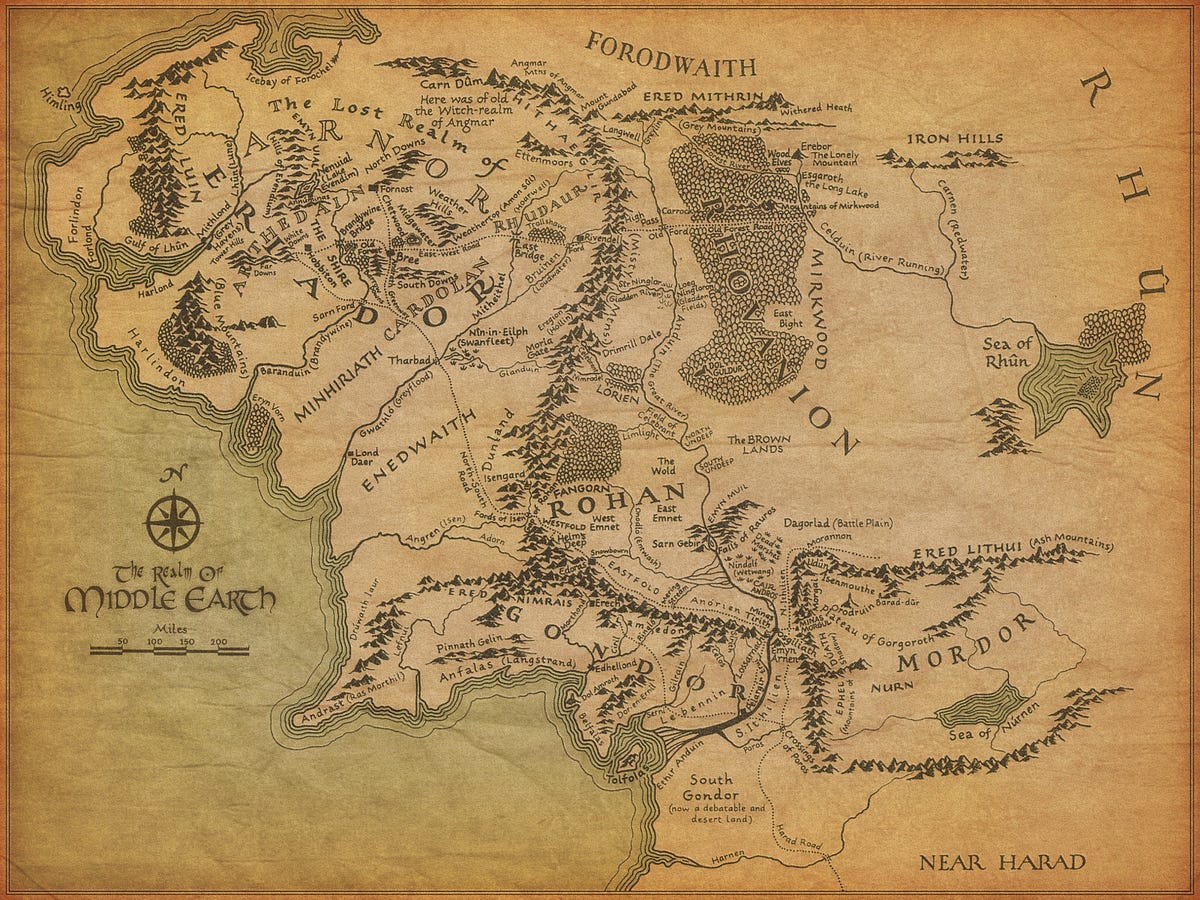This makes no difference to what he says, but it is very difficult to estimate the population because quite a lot of people went unrecorded. There were large numbers of people outside towns who lived very transient lives and didn't contribute economically. Others will only appear in records as baptisms, marriages and burials, sometimes as apprentices, and then again sometimes not at all. You can do family reconstructions to pin point every individual from births, deaths and marriages and then reconstruct up to total populations from that, but it is a time consuming process.
If you are very interested in this subject then I have "The Population History of England 1541 -1871, a reconstruction" by EA WRIGLEY and RS SCHOFIELD (1981) and although that is after the Medieval period, this is exactly what they did. It is a very wordy and statistical book, but Wrigley's earlier work was a reconstruction on a village in the North East where I grew up, and is an easier read.
I hadn't thought about what Lyman Stone says regarding migrations due to famine or war though. As far as I am aware, that didn't create any notable population level uplifts into Great Britain, but in your imaginary worlds it could be really important. I agree with him that population level down-shifts would be far more common for all kinds of reasons such as War, Famine, Disease - visits by the Four Horsemen of the Apocalypse.




